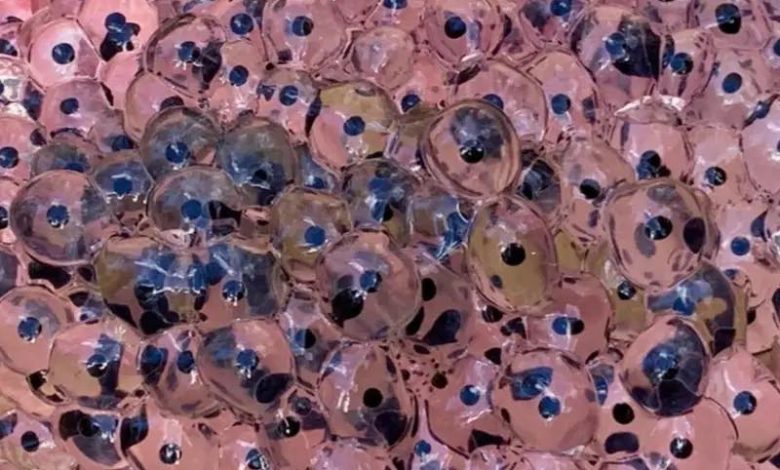Farmer discovers strange eggs in his field – experts offer surprising explanation

A Routine Walk Turned Discovery: How One Farmer Became an Unexpected Guardian of Life
It was a quiet morning in late June when 64-year-old farmer Thomas set out for his usual walk through the soybean fields. The air still held the soft scent of rain from the night before, and dew clung to the tips of the leaves like nature’s own jewelry. For Thomas, these strolls had become a meditative ritual—his way of keeping rhythm with the land he’d worked his entire life.
He moved with the practiced ease of someone who knew every contour of the soil beneath his boots. The fields, stretching wide under the pale sky, had always offered comfort and familiarity.
But that morning, something unfamiliar caught his eye.
In a shallow depression between two gentle rows of green, nestled like secrets in the earth, lay a small cluster of eggs—translucent, bluish, and softly glowing in the dappled sunlight. He crouched down, heart thumping with curiosity. These weren’t bird eggs or anything he’d ever seen on his farm. They looked almost alien, otherworldly.
Thomas snapped a few photos with his phone and texted them to an old friend, a retired biologist named Carla, who had spent decades studying local amphibians. She called back almost immediately, her voice tinged with excitement. “I think you’ve stumbled onto something very special,” she said.
By the next morning, a small team of researchers stood beside Thomas in his field, their boots sinking slightly into the damp soil. They examined the eggs carefully, documenting every detail.
Their verdict stunned them all: the eggs belonged to a rare species of tree frog previously never seen in this region. Due to shifting weather patterns—warmer springs and heavier summer rains—the frogs had slowly expanded their habitat northward. But what truly fascinated the researchers was how these amphibians had adapted. Instead of laying their eggs in traditional ponds or wetlands, these frogs had chosen the soft, rain-soaked soil of Thomas’s soybean field.
It was a quiet revolution in nature—evolution unfolding beneath the very crops Thomas had sown.
Over the following days, Thomas found himself drawn back to the spot, checking on the eggs each morning as though they were part of his crop. Under the translucent jelly, tiny forms began to take shape—minute limbs, dark eyes, the beginnings of breath.
Moved by a growing sense of wonder and responsibility, he used rainwater to fill a nearby low spot, creating a makeshift pond just a few yards away. He lined it with stones and shaded it with scraps of canvas to shield the future frogs from the heat.
The hum of tractors carried on in the background, seeds sprouted and matured, and still Thomas kept vigil over the fragile little spheres that had somehow chosen his land as their nursery.
What began as an ordinary walk became a profound encounter with life’s resilience.
In the midst of rising temperatures, disrupted ecosystems, and an ever-changing climate, Thomas had witnessed nature’s quiet adaptation. He had seen firsthand how life bends, shifts, and endures—even when no one is watching.
And for once, he wasn’t just a farmer tending crops. He was a protector of something smaller, quieter, but no less important—a gentle steward of the unexpected.
The eggs eventually hatched, the young frogs hopping toward the tiny pond he’d built. And every so often, long after they’d grown and moved on, Thomas would return to that hollow in the field.
He’d stand there, hands in his pockets, watching the sunlight stretch over his land—and smile.
Because some seasons sow more than seeds.
They sow stories.